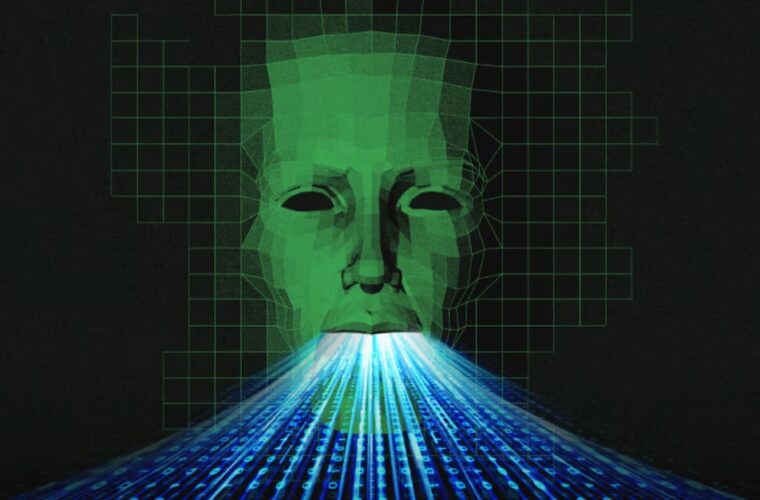Digital twin: How does one prepare a city to host the Olympic Games? This is the question I asked myself when I landed in Paris a fortnight ago, the place at the centre of the world after the start of the 33rd edition of the most important and prestigious global sporting event. I saw a city in great ferment, with lots of construction sites being resolved, state-of-the-art sports facilities and the marvellous Champs de Mars, a temporary stadium in front of the Eiffel Tower where the beach volleyball competitions will be played.
What we see these days is the fruit of a very long organisational plan, initiated in the past years, to offer the best to the athletes, to the spectators who will fill the Olympic venues and to the public from all over the world who will follow the competitions from home. What you cannot see are the difficulties faced by those who had to plan the organisation. An operation involving thousands of people, investments running into millions and a lot of technology.
We have already seen the organisers’ attention to the many threats, such as fake tickets and AI surveillance systems, to avoid nasty surprises. This time, I will focus on another element that has become crucial in planning such a large and transversal event: the digital twin.
One solution and many benefits
First, we need to start with the meaning of digital twin models designed to accurately replicate the physical objects of the Olympic Games; digital twins multiply as we start replicating all the venues intended to host the event. Not only the sporting venues but also the transit areas are designed to bring in the public and private venues for meetings of political representatives and other personalities that require more security than the average. By replicating these venues in detail, every aspect can be planned, simulating actions and anticipating processes that will occur in reality to understand the best choice for managing security, logistics, and the influx and outflow of spectators.
On a practical level, therefore, the digital twin allows different attempts to be made and the consequences of each decision to be previewed, from lighting to the position of cameras, from sound quality to crowd spaces. One can see, therefore, how simulating the event gives advantages to the organisers but also to all the other parties involved, such as broadcasters, athletes, suppliers and the fans, whose experience has been revolutionised with augmented and virtual reality technologies that allow a new and more significant interaction with the protagonists and the facilities. A way to ensure effective management, reduce wasted time, and lower carbon emissions.
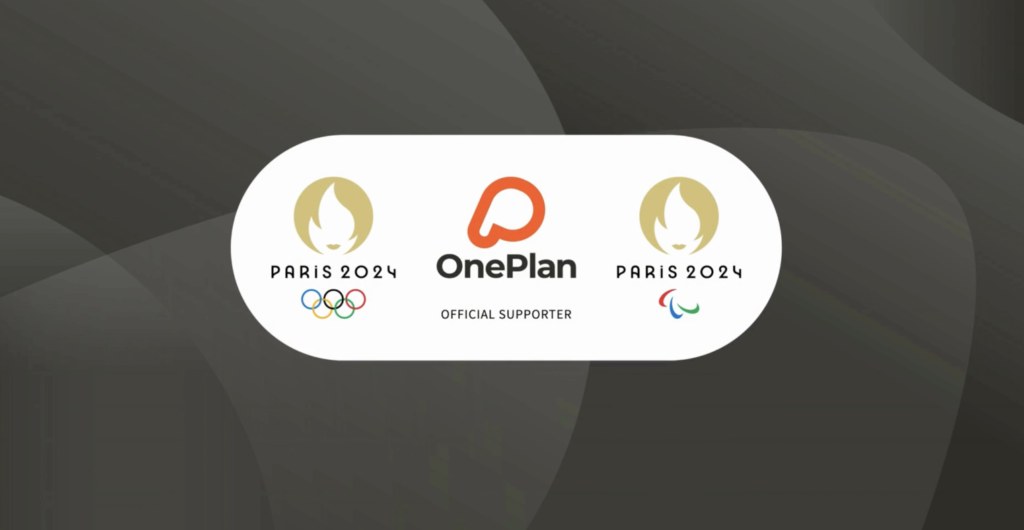
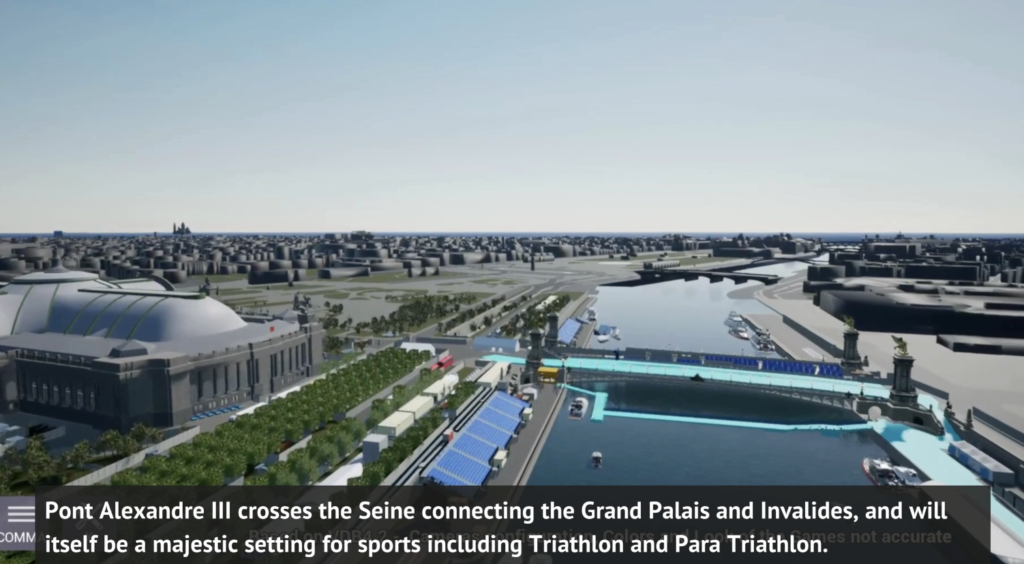
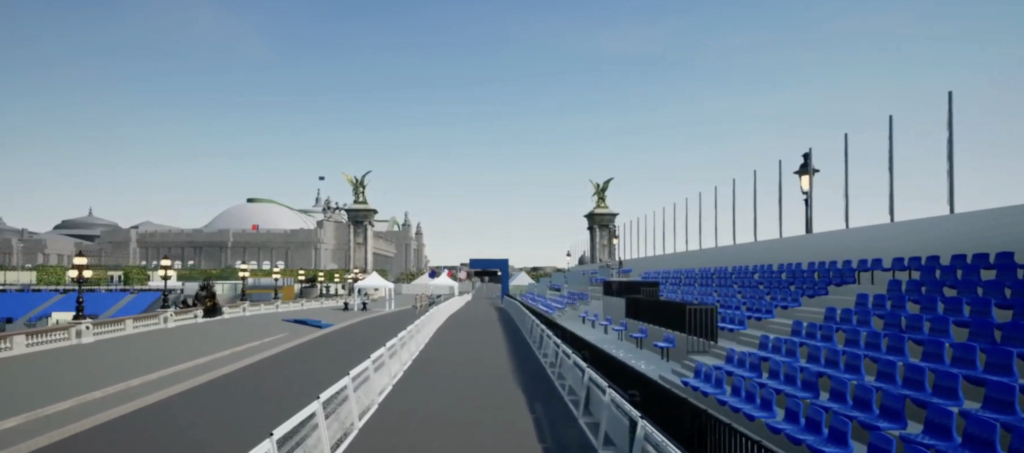
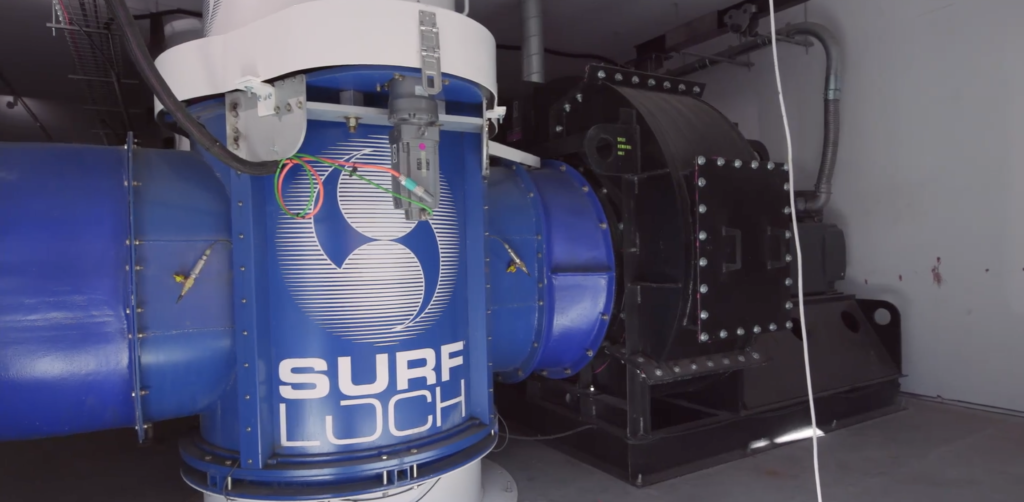
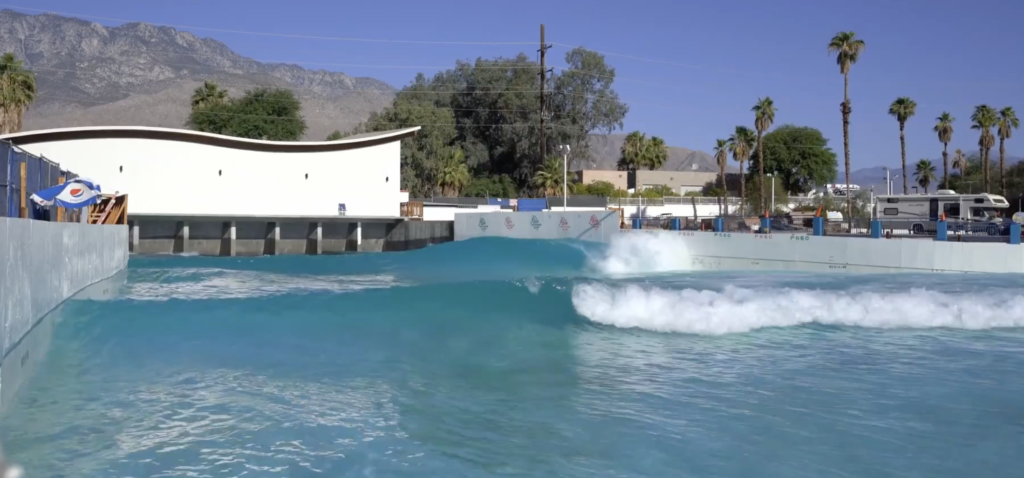
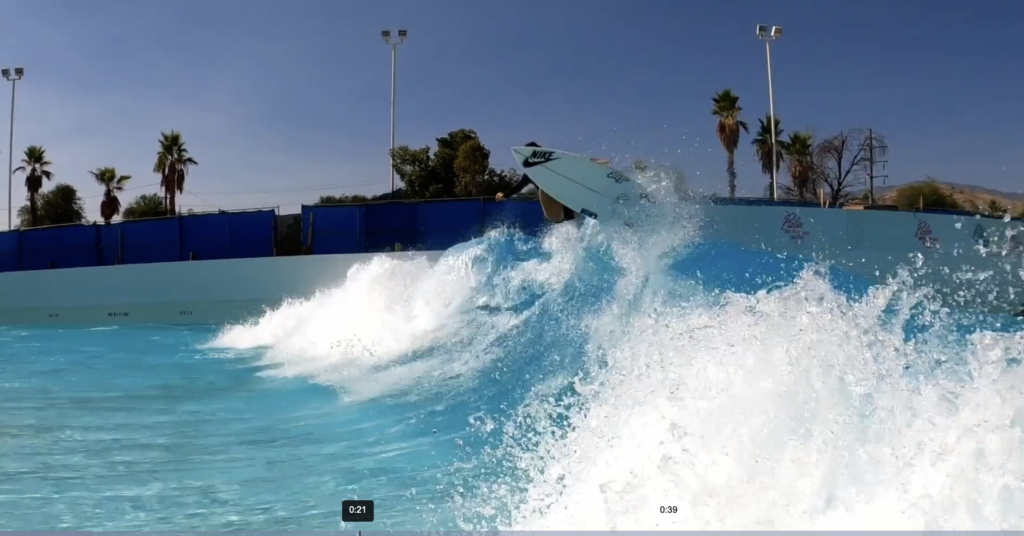
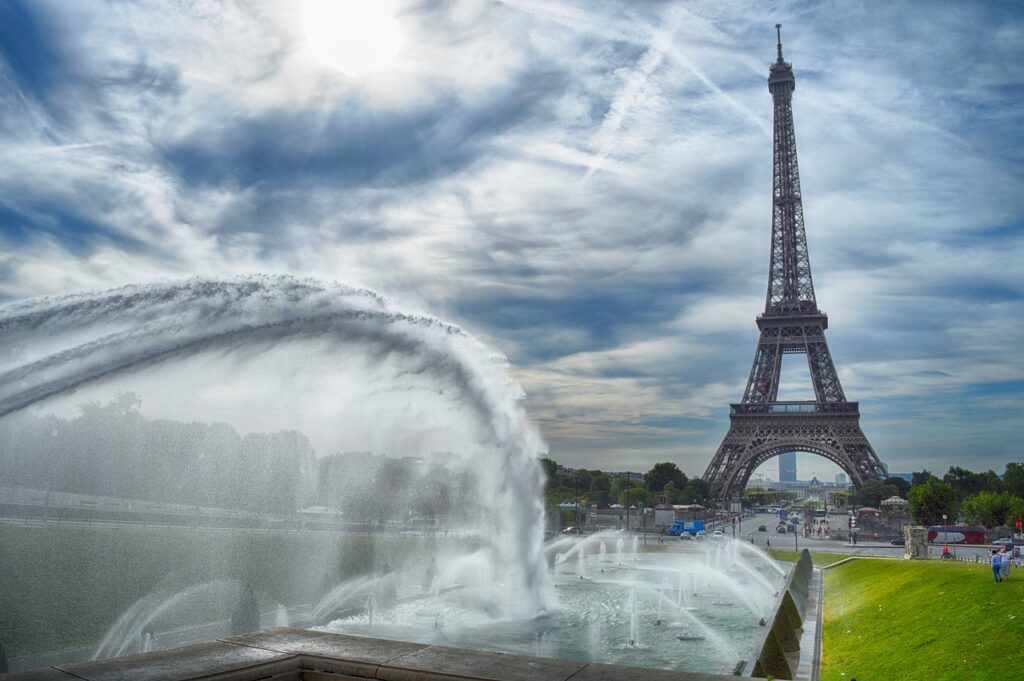
A digital Paris
OnePlan, a small British company that has been rewarded for believing in the digital twin, with its event planning software to manage traffic, audience, security, TV broadcasts, and workforce positioning, has attracted the attention of the French Olympic committee. The GIS and Digital Twin mapping software was used to realise 49 Olympic Games venues and tourist-filled environments such as the Eiffel Tower Arena, Invalides and La Concorde.
By providing realistic visualisations of the venues via the Venue Twin platform, the organisers could plan the action plan by reducing site visits. Hence, less time is wasted, lower costs, and the environment is less affected. The ease of execution and effectiveness of the system – which allows many objects to be precisely positioned on the floor plan, showing the size and capacity of areas in real-time – has accelerated the deployment of OnePlan, which monitors more than 50,000 events worldwide.
Artificial waves for surfers
The benefits of the digital twin are also evident from a sports perspective. The example linked to Paris 2024 is the partnership between Siemens and Surf Loch to create useful waves for training surfers. The glory-hunting champions will be on stage in Teahupo’o, Tahiti, French Polynesia’s largest and best-known island. After its Olympic debut at last year’s Tokyo Games, surfing is extending its reach this time with the system developed by Surf Loch.
Starting with the ocean’s digital twin, controlling the timing of the water to mimic sea currents and the power of waves, the Californian company has come up with a solution to create 400 waves per hour (compared to the 10 waves the average ocean generates). ‘Creating the perfect wave requires an incredible amount of calculation, so we’re leveraging the world’s most comprehensive digital twin to create repeatable waves that all surfers will enjoy,’ said Tom Lochtefeld, CEO of Surf Loch. The ability to modify wave generation allows for smaller waves to be created for the inexperienced, while predictive maintenance allows for action to be taken before any hiccups occur.



